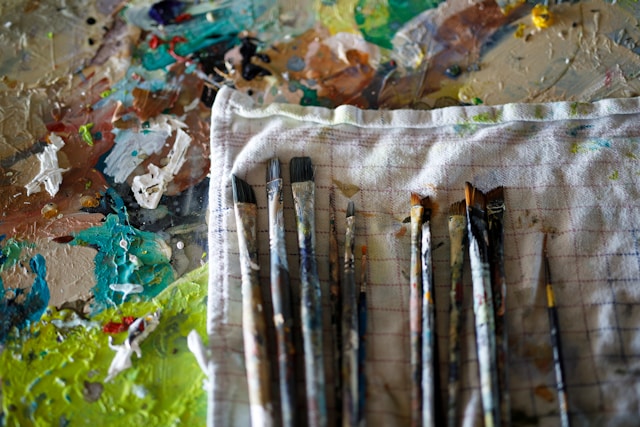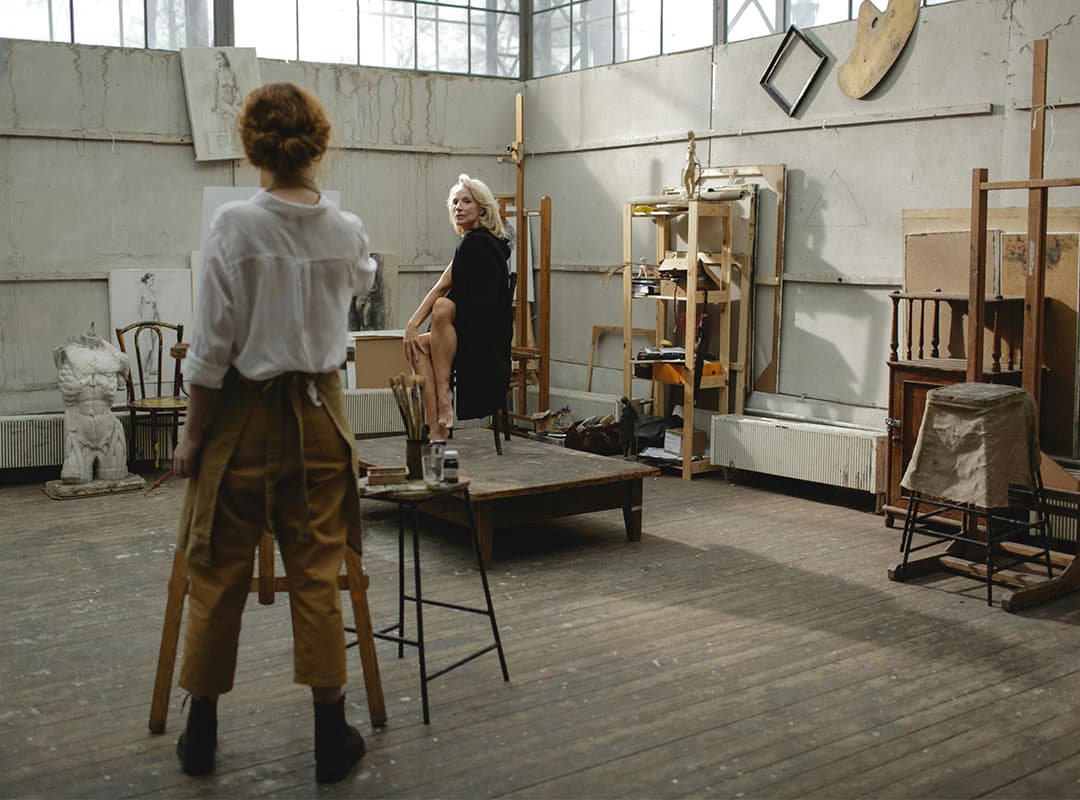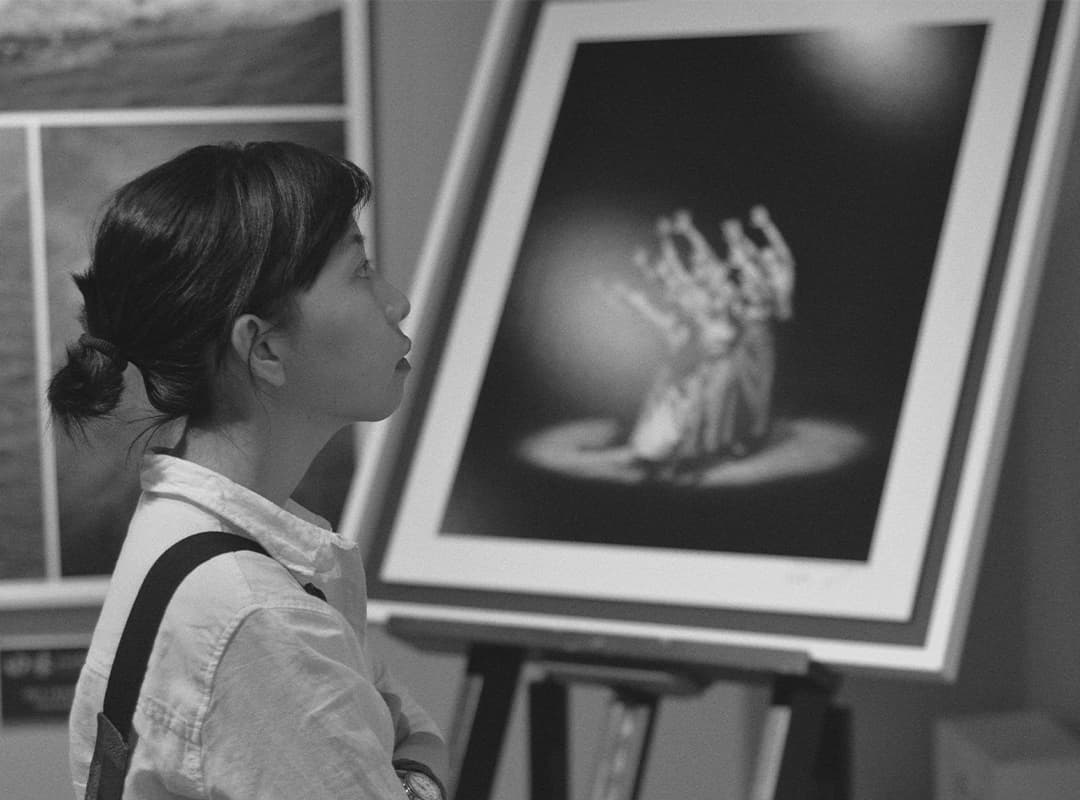We thank artdeballet.com for their invaluable support in shaping and refining this material. Their expertise and passion for ballet have been instrumental in ensuring we present accurate and engaging content from the start.
The role of dance in shaping contemporary art trends is significant and multi-faceted. The Judson Dance Theater, a foundational influence in modern dance, fostered collaborative and experimental practices. Contemporary dance fosters artistic innovation, merges with visual arts, combines with performance art, and influences social commentary. This article delves into these aspects, showing how dance transforms and enriches the contemporary art world.
Graceful Insights
- Contemporary dance catalyzes innovation, blending various styles and challenging traditional boundaries in artistic expression.
- Integrating dance sequences with visual arts has resulted in dynamic collaborations that enhance art forms and create immersive audience experiences. These collaborations showcase the artistry and emotional depth of contemporary dance.
- Inclusivity and social commentary are central to contemporary dance, addressing pressing societal issues and fostering diverse community engagement.
Defining Contemporary Dance as a Modern Art Form
Contemporary dance is a modern art form that has evolved significantly. It incorporates various styles and techniques to create a unique and expressive form. Unlike traditional dance forms, which often adhere to strict rules and structures, contemporary dance thrives on creativity, experimentation, and innovation. This art form is a fusion of different dance styles, including modern, jazz, ballet, and postmodern, each contributing to its rich and diverse vocabulary.
One of contemporary dance’s defining characteristics is its ability to convey complex emotions and ideas. Through fluid and dynamic movements, dancers can tell profound stories and evoke powerful emotions, making contemporary dance a compelling medium for artistic expression. Integrating elements from theater, visual arts, and music further enhances its narrative capabilities, allowing for a multi-dimensional approach to storytelling.
In essence, contemporary dance is not just a dance style; it is a versatile and evolving art form that continually pushes the boundaries of traditional dance. Its emphasis on artistic freedom and individuality makes it a powerful tool for exploring and expressing the human experience.
Evolution of Contemporary Dance
Historical Roots in Modern Dance
Contemporary dance has its roots in modern dance, which emerged in the early 20th century as a reaction against the rigid structures of classical ballet. Pioneers of modern dance, such as Martha Graham, Merce Cunningham, and Alvin Ailey, sought to create a more expressive and emotive dance form deeply rooted in the human experience. They introduced innovative techniques like floorwork and release, which broke away from the verticality and formality of classical ballet.
Martha Graham’s emphasis on the contraction and release of the body, Merce Cunningham’s exploration of chance procedures, and Alvin Ailey’s incorporation of African American dance traditions all contributed to the rich tapestry of modern dance. These pioneers laid the groundwork for contemporary dance, which continues to evolve and push the boundaries of modern dance.
Contemporary dance’s evolution is marked by its constant quest for innovation and willingness to embrace new ideas and influences. This dynamic and ever-changing nature ensures that contemporary dance remains a vibrant and relevant art form, continually reflecting and responding to the world around it.
Dance as a Catalyst for Artistic Innovation
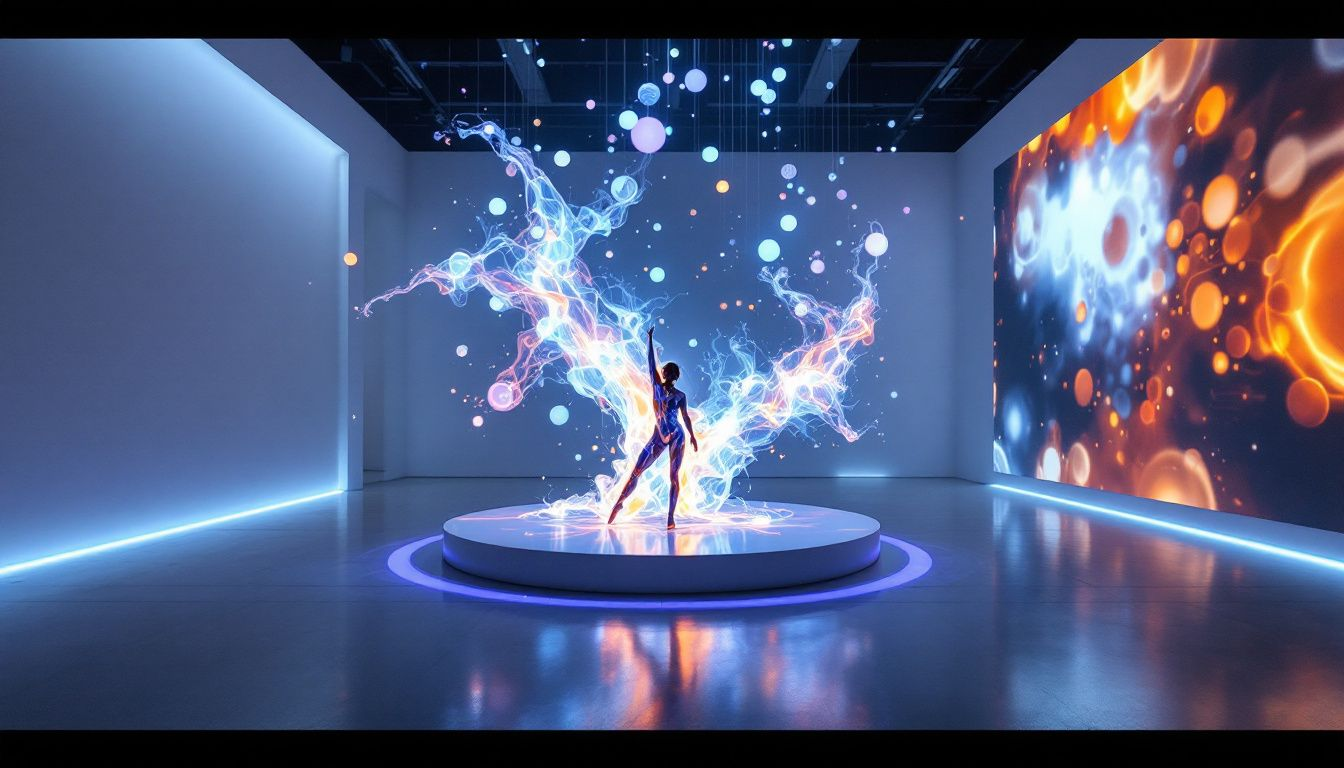
Contemporary dance has emerged as a powerful catalyst for artistic innovation, constantly challenging and expanding the boundaries of what is considered art. Originating in the 20th century as a rebellion against the rigid structures of classical ballet, contemporary dance has fostered an innovative spirit that continues to inspire creativity. This encourages dancers and choreographers to delve into diverse movement styles, blending hip-hop, jazz, and modern dance elements into a rich tapestry of artistic expression.
The evolution of postmodern dance further emphasized this spirit of innovation by embracing everyday actions and improvisation, enhancing the dance’s innovative character. This approach fosters a fluid and dynamic creative process, enabling dancers and choreographers to experiment with new ideas and break free from traditional artistic boundaries.
Contemporary dance performances evoke powerful emotions and tell profound stories, creating an immersive experience for the audience.
Key Features of Contemporary and Experimental Dance
Contemporary and experimental dance are characterized by their emphasis on creativity, experimentation, and innovation. Traditional structures do not confine these dance forms and often incorporate various techniques and styles. Some key features include:
- Emphasis on Artistic Expression and Creativity: Contemporary and experimental dance prioritize personal expression and creativity, allowing dancers to explore and convey complex emotions and ideas.
- Experimentation with New Techniques and Styles: These dance forms are known for their innovative approaches, often blending elements from various dance styles, including modern, jazz, ballet, and postmodern.
- Incorporation of Elements from Other Art Forms: Theater, visual arts, and music are frequently integrated into contemporary and experimental dance performances, creating a rich and multi-dimensional experience.
- Focus on Conveying Complex Emotions and Ideas: Dancers can tell profound stories and evoke powerful emotions through intricate choreography and expressive movements.
- Use of Improvisation and Collaboration: Improvisation is key in promoting spontaneous creativity and collaboration among artists. This approach fosters a fluid and dynamic creative process.
- Emphasis on Artistic Freedom and Individuality: Dancers and choreographers are encouraged to break free from traditional constraints, explore new possibilities, and push the boundaries of artistic expression.
- Use of Technology and Multimedia Elements: Contemporary and experimental dance often incorporate technology, such as projection mapping and interactive lighting, to enhance the modern auditory experience.
- Pushing the Boundaries of Tcreativeal Dance Forms: These dance forms continually challenge and redefine what is considered dance, creating new and innovative works that inspire and engage audiences.
These features are reflected in the work of contemporary and experimental choreographers, who continue to push the boundaries of dance and create performances that challenge and inspire. By embracing artistic freedom and innovation, contemporary and experimental dance remain at the forefront of artistic exploration and expression.
Integration of Dance with Visual Arts
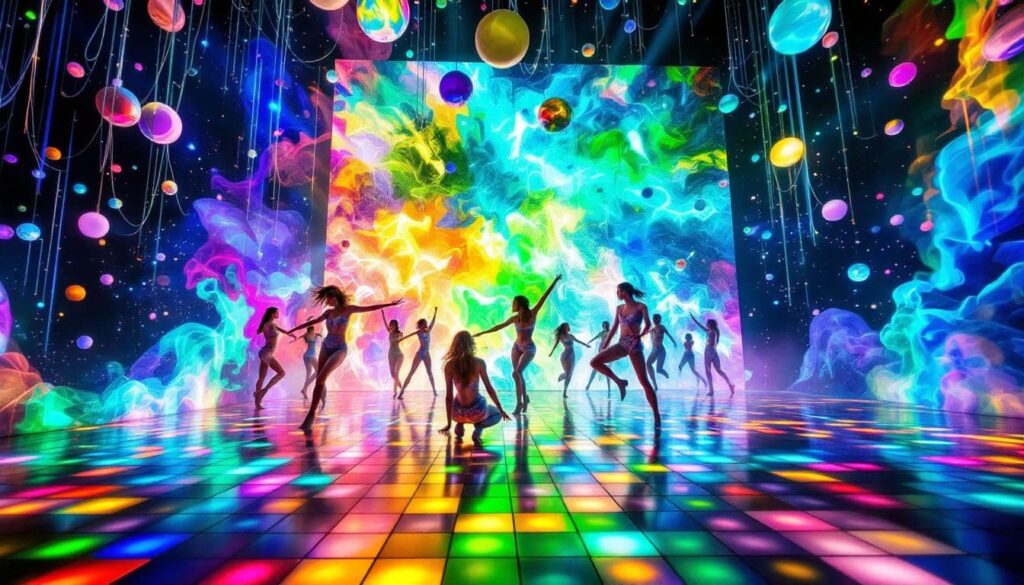
Integrating contemporary dance with visual arts has created a dynamic and symbiotic relationship that advances both art forms. Collaborations between dancers and visual artists foster creative processes where ideas can be freely explored and shared. This fusion often results in innovative performances that challenge perceptions and redefine artistic boundaries.
One notable example of this integration is the work of Jonah Bokaer, who merges fine art and dance by utilizing unconventional materials to create visually stunning performances. Technology like projection mapping and motion capture enhances contemporary dance’s visual and auditory aspects, creating a multi-sensory experience for the audience. Dancers’ installation pieces also emphasize the connection between art and daily life, incorporating everyday movements into their choreography.
The fluid exchange of ideas and forms between dance and visual arts allows for rich and diverse artistic exploration. This integration enhances the creative process and enriches the audience’s experience, making contemporary dance a truly interdisciplinary art form.
Dance in Performance Art: A Symbiotic Relationship
Contemporary dance and performance art have fused, resulting in a more dynamic and immersive form of expression. Hybrid performances blend modern dance with theater, film, and visual arts, allowing for complex thematic exploration and creating transformative experiences for the audience. This symbiotic relationship enhances both art forms, making them more engaging and impactful.
Performances like Cloud Gate’s ‘Songs of the Wanderers integrate natural elements like sand and water to create a visually and emotionally transformative experience. Projection mapping technology further enhances these performances by creating immersive backdrops that interact with the dancers, offering a contextual narrative for their movements.
Virtual Reality performances, like DUST, allow audiences to engage directly with the dance environment, transforming the traditional viewer experience into an interactive journey.
Dance and performance art collaborations feature a fluid exchange of ideas and forms, enhancing creative practices and pushing the boundaries of artistic expression. This integration enriches the creative process and provides audiences with a multi-dimensional experience, making contemporary dance an art form forward and truly interdisciplinary.
Influential Choreographers Shaping Contemporary Art: The Legacy of Judson Dance Theater
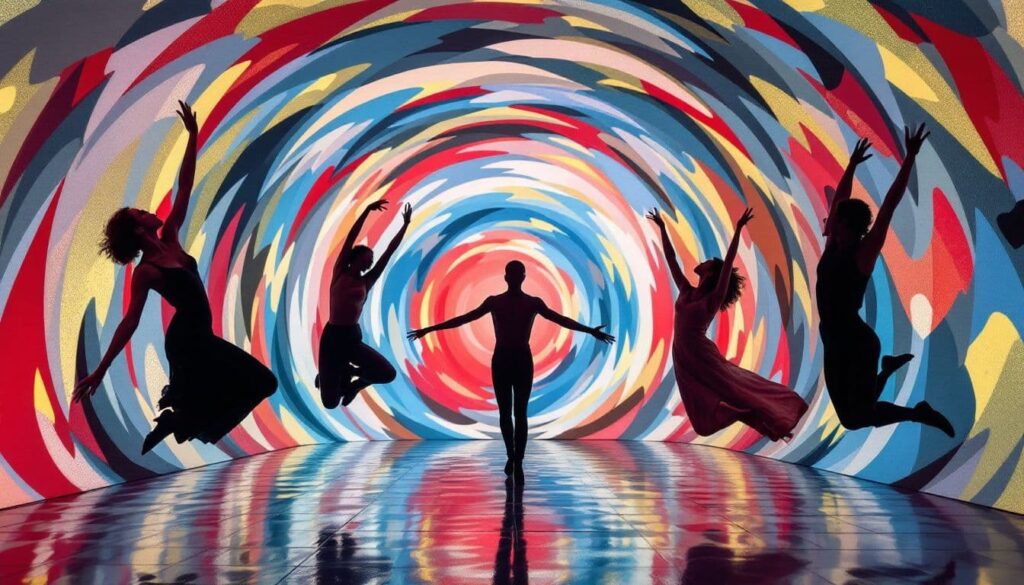
Influential choreographers have played a crucial role in shaping contemporary dance and its integration with other art forms. Merce Cunningham, for example, collaborated closely with visual artists, significantly shaping the relationship between dance and contemporary art. His innovative approaches and willingness to experiment have left a lasting impact on the dance world.
William Forsythe, renowned for transforming ballet, is often called the most significant ballet innovator since Balanchine. His work pushes the boundaries of dance and its integration with other art forms, creating visually and emotionally captivating performances.
Other influential choreographers like Crystal Pite have contributed significantly to contemporary dance. They bring unique perspectives and innovative approaches to the art form and have reshaped the landscape of modern dance, influencing performances and the broader art world.
Their contributions inspire future generations of dancers and choreographers, ensuring contemporary dance remains a vibrant and evolving art form.
Social Commentary Through Dance
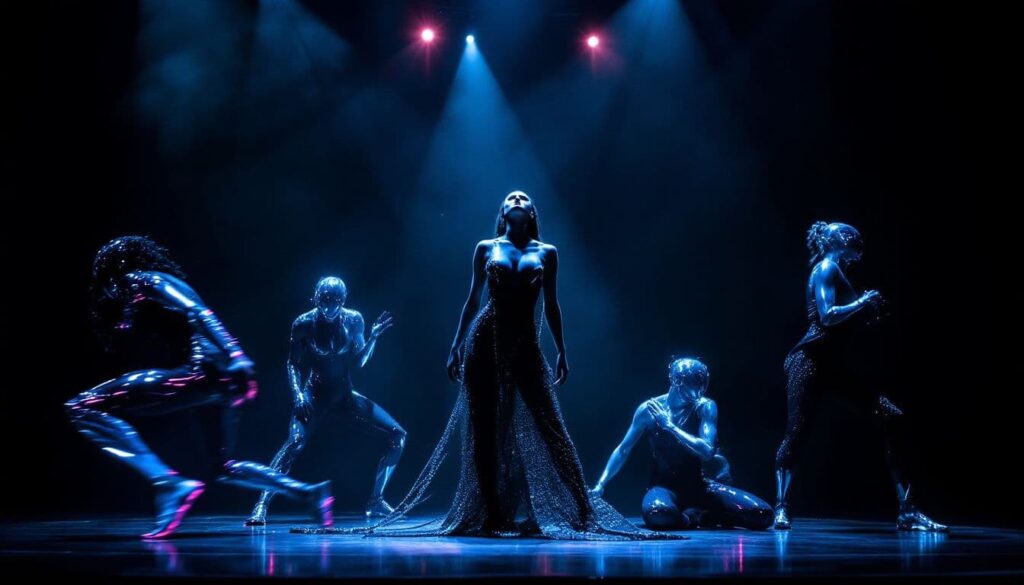
Contemporary dance is a powerful medium for social commentary, addressing pressing social issues and fostering community engagement. Through choreographed public spaces and performances, dance can facilitate a shift in political awareness and provoke thoughts and feelings about discrimination and oppression without showcasing violence on stage.
Themes explored in contemporary dance works often reflect societal changes regarding gender identity, mental health, climate change, and racial inequality. Addressing these issues through performance, modern dance raises awareness and encourages conversations about diversity, equity, and inclusion within the arts community.
Digital Platforms and the Evolution of Dance
Digital platforms and virtual experiences have revolutionized contemporary dance, offering new avenues for engagement and artistic exploration. Technology like projection mapping, interactive lighting, motion capture, and virtual reality enhances contemporary dance’s visual and auditory experiences, creating immersive and interactive experiences for audiences.
Initiatives like Motion Bank are creating online libraries that catalog dance movements, allowing choreographers to access and contribute to digital dance scores. These technological advancements shape the dance landscape and provide dancers and choreographers with new tools to push the boundaries of creativity and innovation.
Improvisation and Collaboration in Contemporary Dance: A Journey of Artistic Exploration
Improvisation has become a key component of contemporary dance, promoting spontaneous creativity and collaboration among artists. This approach allows dancers and choreographers to experiment with new movement styles and ideas, creating unique and dynamic performances that reflect complex human emotions and societal narratives.
Collaboration is also rising in contemporary dance, fostering a fluid and organic creative process among dancers and choreographers. Collaborating allows artists to draw inspiration from each other and push the boundaries of artistic expression, creating innovative and emotionally resonant performances.
The emphasis on improvisation and collaboration in contemporary dance enhances the creative process and promotes artistic freedom and expression. This approach allows dancers and choreographers to explore new possibilities and create performances that reflect the human experience.
Inclusive Practices in Contemporary Dance
Inclusivity has become a central focus in contemporary dance, creating opportunities for dancers of various abilities and backgrounds. This trend fosters a more diverse and representative dance community, ensuring that contemporary dance reflects the complexities of the human experience.
Choreographers like Hannah Ma explore themes of political and personal invasions, emphasizing community involvement and diverse perspectives. By incorporating elements of inclusivity into their choreography, contemporary dance performances become more engaging and relatable to a broader audience.
The Future of Dance in Contemporary Art Trends
The future of contemporary dance is shaped by emerging artistic trends and technologies that drive the evolution of this dynamic art form. Technological innovations, such as Electronic Traces, utilize sensors on dancers’ shoes to capture and visualize their movements for immediate feedback, allowing for new possibilities in dance choreography.
The spirit of experimentation and exploration continues to define contemporary and experimental dance, influencing choreographers and expanding the boundaries of artistic expression. As new technologies, social movements, and interdisciplinary approaches emerge, contemporary dance will remain a powerful medium for expression, connection, and change.
Resume
In summary, contemporary dance significantly shapes contemporary art trends through innovative approaches, visual arts integration, and performance art. Influential choreographers have pushed the boundaries of dance while social commentary and digital platforms continue to evolve the art form. Improvisation, collaboration, and inclusivity enhance the creative process and ensure contemporary dance remains a vibrant and evolving art form.
Looking to the future, the spirit of experimentation and technological advancements will continue to drive the evolution of contemporary dance, creating new possibilities for artistic expression and connection. Modern dance will remain a powerful medium for addressing social issues, fostering community engagement, and inspiring future generations of dancers and choreographers.
As we conclude, we again extend our heartfelt appreciation to Art de Ballet. Their unwavering dedication to the art of ballet inspires us, and we are truly grateful for their vital role in bringing this piece to life.
